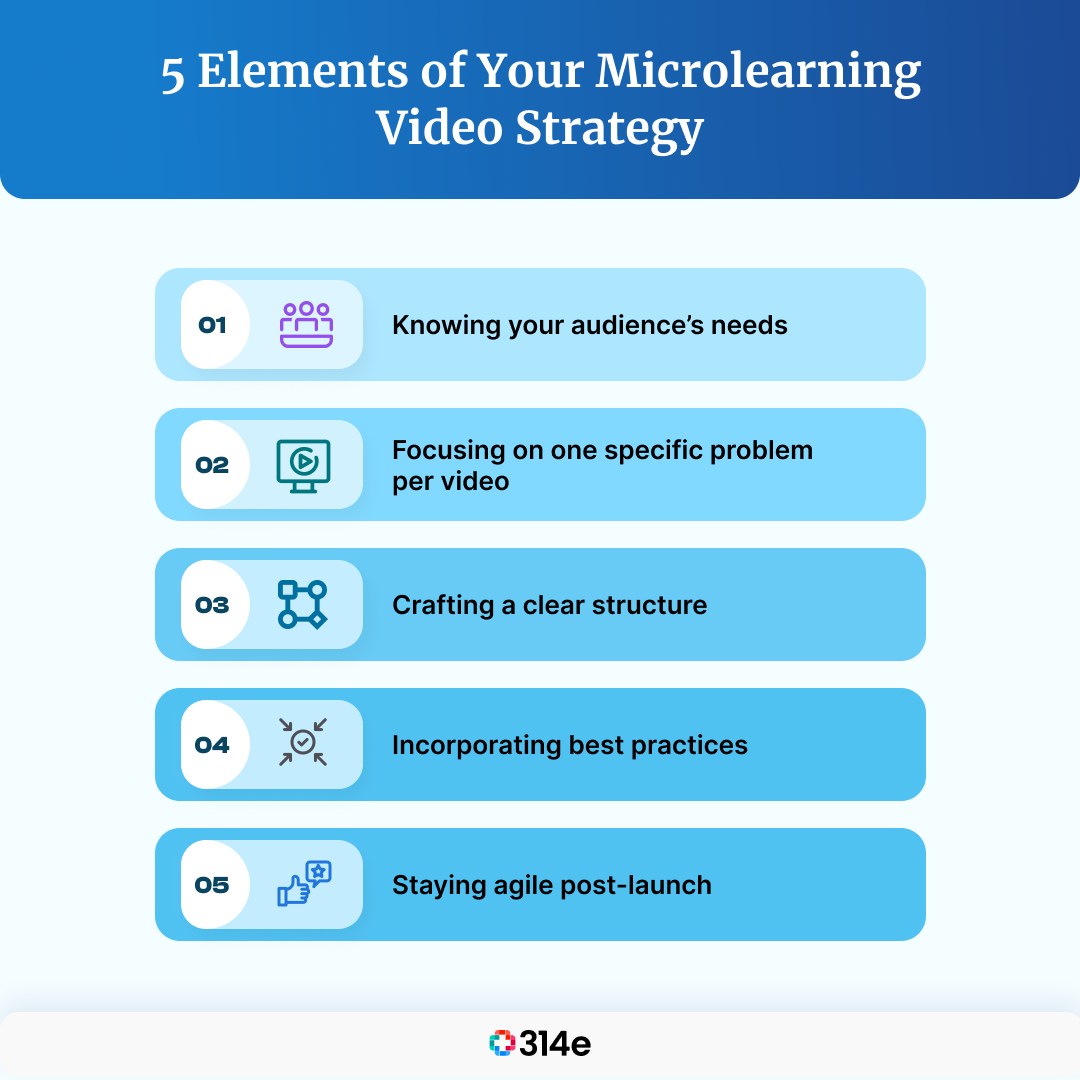
23 Instructional Designers Share Tips for Effective Microlearning Videos
13 March, 2023 | 3 Min ReadIf you’re looking to create some super engaging and effective EHR training and support videos, then look no further. I’ve connected with a bunch of instructional designers who have been in the healthcare industry for over 20 years, and they’ve got some killer tips to share with you.
These tips will help you create the strategy for top-notch EHR training and support videos.
To begin, create 4-5 short videos on a commonly troublesome topic and gauge their impact on support ticket numbers. Start by dipping your toes in and following this strategy.

5 Amazing Tips to Guide the Strategy for Microlearning Videos:
1. Understand your audience:
Healthcare professionals have unique workflows and use case scenarios, so it’s essential to tailor your video content to their needs and preferences. Let’s imagine you’re creating a video on clinical decision support; consider using case studies that are relevant to your target audience, such as common conditions or treatment protocols.
Example: When creating a video on medication administration, use real-life scenarios that nurses and other healthcare professionals are likely to encounter in their daily work. A generic message is always less successful.
2. Keep it short and focused:
Healthcare professionals are preoccupied with taking care of patients, so keep your videos concise and to the point. Break down the content into small, easily digestible segments that can be viewed in short bursts, and focus on specific tasks or features of the EHR. The ideal length for such videos is between 5 and 7 minutes.
Example: If you’re creating a video on patient charting, focus on specific sections of the chart, such as medications or allergies, and provide step-by-step instructions for completing these sections.
3. Use a clear and simple structure:
The best way to begin work for your microlearning video is to have a very clear title. The title must provide clarity to your EHR users about the context of the entire video, leaving no room for ambiguity. It is also crucial to make your video task-based. This task-based approach will allow you to provide step-by-step instructions that are easy to follow, ensuring that your viewers are not overwhelmed or confused.
Example: If you’re creating a video on telehealth visits, your title should reflect this, then you must provide a step-by-step guide for scheduling a telehealth visit using the EHR.
4. Incorporate best practices:
As EHR training managers, you know the importance of providing high-quality EHR training and support to your learners. It’s crucial to incorporate best practices into your videos, including tips for efficiency, security, and accuracy.
Example: When creating a video on medication administration, you should include best practices for verifying medication orders, administering medications, and documenting the administration process in the EHR. This will help your learners understand how to use the EHR effectively while ensuring patient safety and accuracy.
5. Launch and stay agile:
Once you’ve created your microlearning videos, it’s important to launch them in a timely and agile manner. Do not worry about these videos being perfect rather create several good videos that are helpful. By staying agile, you can ensure that your videos are always up-to-date and relevant to your learners.
Example: If your organization is planning to implement a new EHR feature in the near future, you can proactively create and launch a microlearning video explaining how to use the feature, which will help your physicians and nurse hit the ground running when the feature is rolled out.
I hope these tips have been helpful. If you have any questions or need further guidance, feel free to reach out.
Craving for More Insights?
Subscribe now and lead the way in EHR training and support.